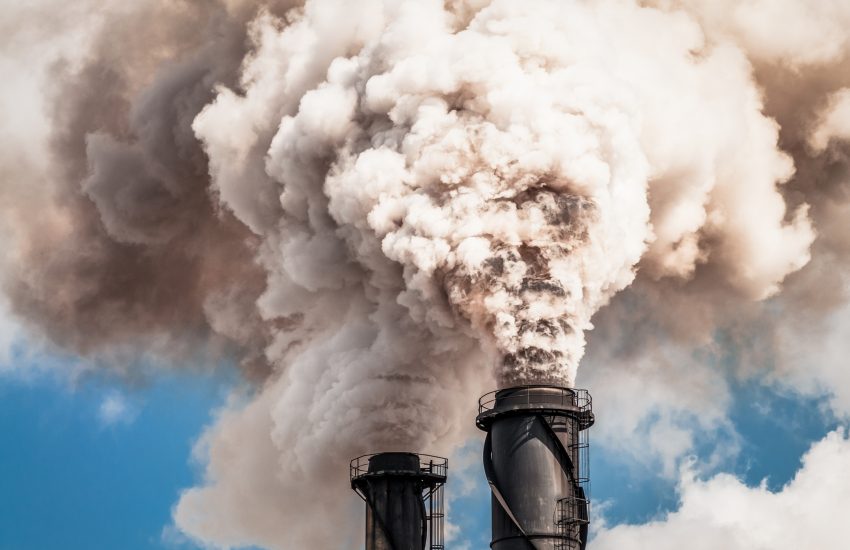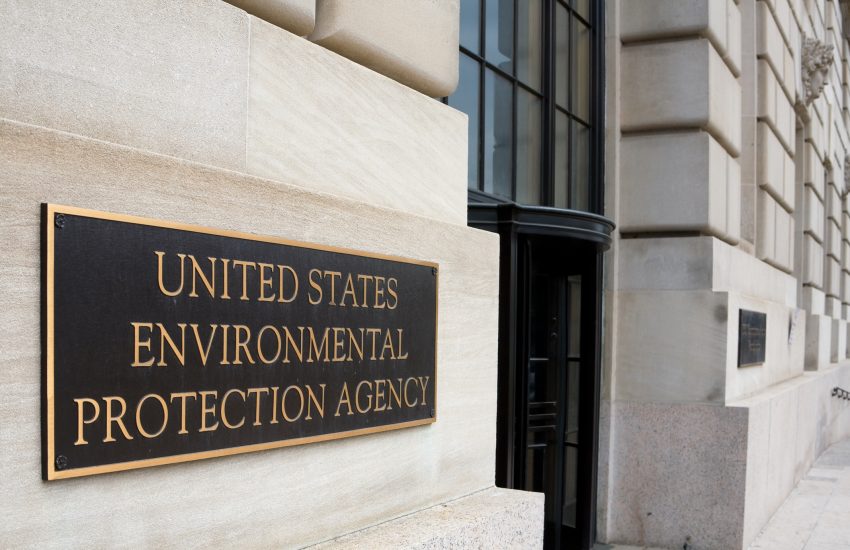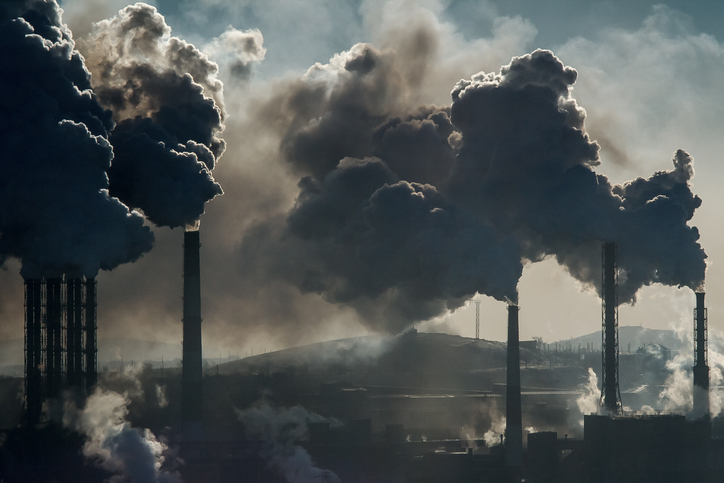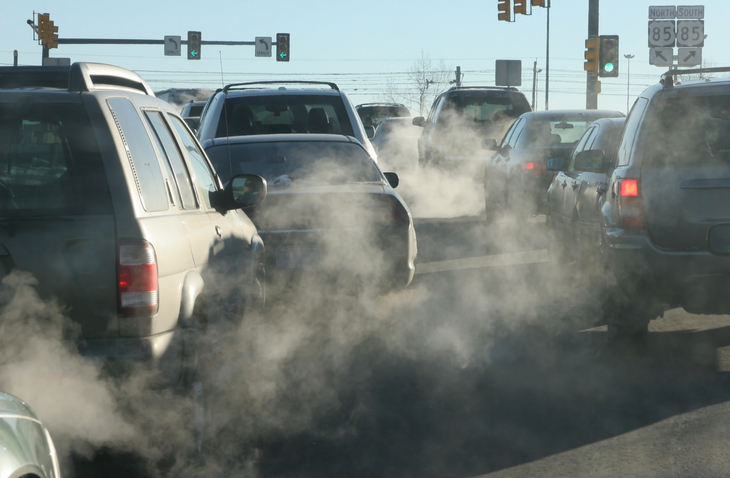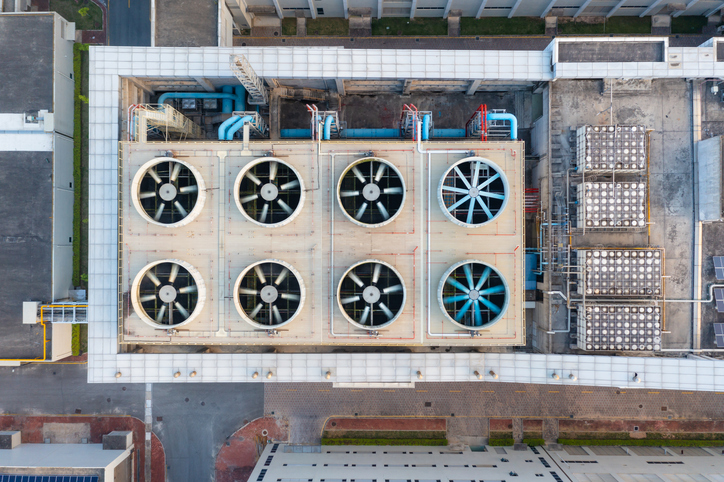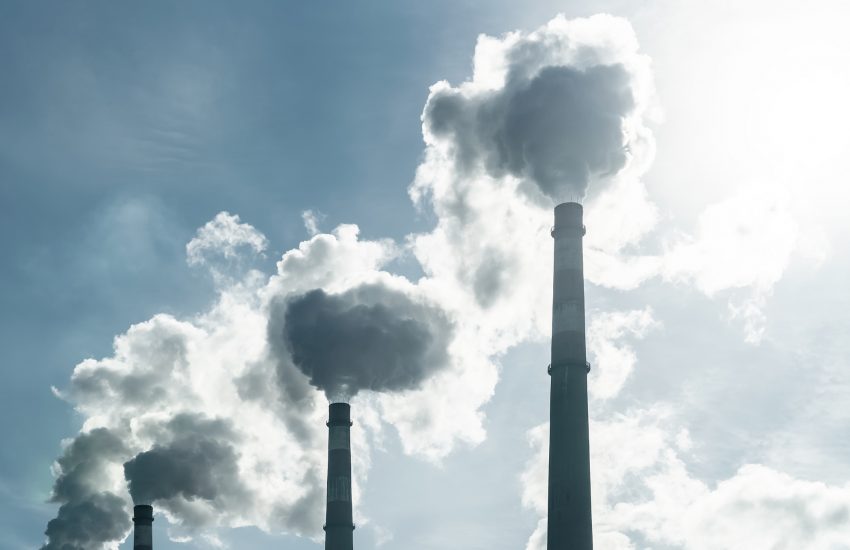Attorneys General from 23 states have filed a petition for rulemaking with the Environmental Protection Agency demanding the agency stop using Title VI of the Civil Rights Act of 1964 when regulating pollution. The petition, the main signatory of which is Florida Attorney General Ashley Moody, comes on the heels of a decision in Louisiana v. EPA, No. 2:23-cv-692, 2024 WL 250798 (W.D. La. Jan. 23, 2024), where the EPA was enjoined from enforcing any Title VI based requirements on the state based on …
Continue Reading